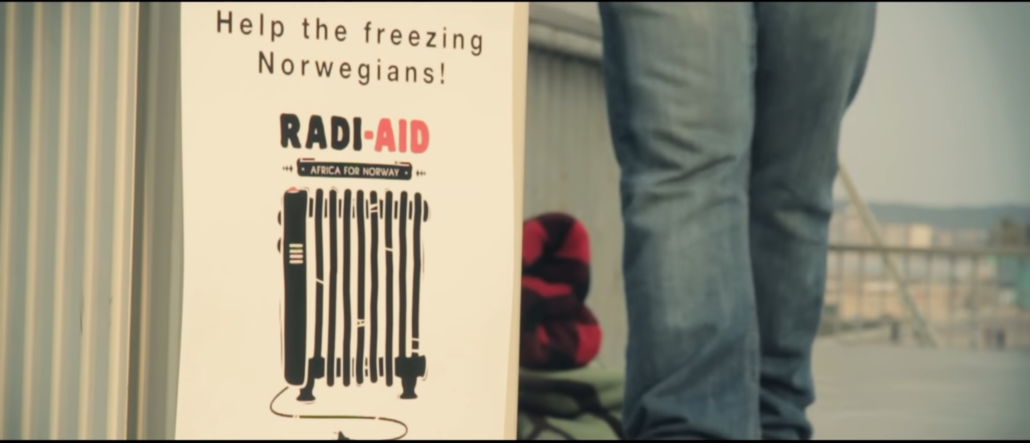Simplicity Gone Astray
In 2012 I took a media team to a country in central Africa to get stories about Bible translation projects in the country. We stayed in a guesthouse at an educational institution, and nearby was a school for the students’ children.
“Put away your cameras!” a man shouted to one of the photographers traveling with me. “We don’t want you showing our children as poor and hungry on the internet.”
We had obtained advanced permission to photograph on the campus, but we took this parent’s concerns seriously. The cameras went away, and the matter was discussed with the parent and the educational institution president. We came to a mutual understanding of our purpose and received permission once more to take photos.
This parent expressed a widely held view in many parts of Africa: Western nonprofit organizations want to show people across Africa in the worst light in order to raise money. People feel exploited.
What we saw was a reaction to what Nigerian author Chimamanda Ngozi Adichie calls “The Danger of a Single Story.” In her 2009 TED Talk, she said single stories develop when we “show a people as one thing, as only one thing, over and over again, and that is what they become.”
She traced Africa’s single story back to the writings of Western explorers in the 16th century who referred to black African people as “beasts.” In modern media, the single story persists. The continent is often portrayed as a place of violence, war, poverty and famine.
Well-intentioned nonprofits have participated. In the mid-1980s I remember seeing starving, fly-covered Ethiopian children in famine-relief television advertisements. In my household, the messages from those ads informed my brother’s teasing: “You’re so skinny, you look like an Ethiopian!” The single story had left its mark, even serving as a source for new childish insults. While the desired goal of the advertising was noble, it was overshadowed by the simplistic, negative stereotypes it reinforced.
Stereotypes about a region of the world can represent a portion of reality, but they do not comprise the entire narrative of every country or every person from that region.
Beathe Ogard, president of the Norwegian Students’ and Academics International Assistance Fund, launched an initiative to called “Radi-Aide” with the goal “to change the way fundraising campaigns communicate and to break down dominating stereotypes.” Her team created several satirical videos to flip these stereotypes on their heads by displacing their context. Watch one.
Beathe says that the most effective communication from non-profit organizations shows context and portrays individuals with agency, dignity and respect. It inspires and doesn’t provoke guilt.
When I lead media teams to global locations to gather stories for nonprofits, I tell people to think about the following:
- Put yourself in the shoes of your subject. How would you want to be portrayed?
- This is the internet age, so assume your work will be seen by your subjects. How would your subjects feel if they saw how you represented them in your photo, story, video, etc?
- What stereotype can you challenge through what you produce?
- How can you show a more complex and nuanced narrative?
It is good practice to ask people from the area where you are going or who are very familiar with the local context to talk with you about guidelines, permissions and expectations. And, don’t expect to do it perfectly. Being willing to listen to concerns, learn and change your plans accordingly also goes a long way.
To learn more, explore the Radi-Aide website.
Post originally published on the Go Tell It blog.
* Image from “Africa for Norway” on radiaid.com


 Heather Pubols
Heather Pubols Wycliffe.net
Wycliffe.net